Small yachts, Extreme conditions
Published on April 22nd, 2019
Britain’s Sir Robin Knox-Johnston was the first person to perform a single-handed non-stop circumnavigation of the globe in 1969. His exploits further include winning the Jules Verne Trophy and ISAF Yachtsman of the Year award, and as founder and organizer of the Clipper Round the World Yacht Race.
In this report, he offers the lessons learned from sailing small keelboat yachts in extreme conditions.
This report considers the knockdowns sustained by the fleet racing in the 2018-19 Golden Globe solo around the world yacht race which led to five dismastings and damage to rigs of contestants. In total, seven yachts were affected in the Southern Ocean.
The rules of the 2018 GGR were simple: sail solo non-stop around the world north of Antarctica, from Les Sables d’Olonne in France and return to the same Vendée port without touching land or receiving outside assistance.
The course was the traditional sailing vessel route, entering the Southern Ocean from the Atlantic, and sailing through the Roaring Forty and Furious Fifty latitudes past Australia and around Cape Horn. The boats had to be between 32 and 36 feet long and have a long keel. They had to be of a pre–1988 design but could be built subsequent to that date to the earlier design.
Seventeen boats appeared for the start on July 1, 2018. During their passage through the Southern Ocean, five of the skippers were knocked down and dismasted. Of the 17 starters, five are expected to complete the event (Finnish sailor Tapio Lehtinen re-crossed the Equator on April 9 and is expected to finish in 5th place later in May).
Overview
The Southern Ocean is the only expanse of ocean that goes all the way around the world with no land in the way. The result is that the depressions, which drive the winds and therefore the waves, have nothing to stop their development which leads to the creation of very large waves.
Recent research has shown that it is possible for rogue waves as large as 27+ metres to develop in this ocean. A rogue wave is defined as a wave that is twice the significant wave height, usually steeper, and frequently reported as a wall of water. The force of these waves can be extreme. A 12 metre wave has a breaking pressure of about six metric tons per square metre, whereas a rogue can produce a pressure of up to 100 metric tons per square metre.
A very interesting United States Coastguard (USCG) study concludes that storm waves are generally not regular or stable, and individual waves do not hold their shape for very long. It indicates that the white water height of a breaking wave will have to be at least half the LOA of the boat for the boat to be rolled. This means that even a comparatively small six metre high breaking wave could roll the average boat of 36 feet length.
Full report… click here.


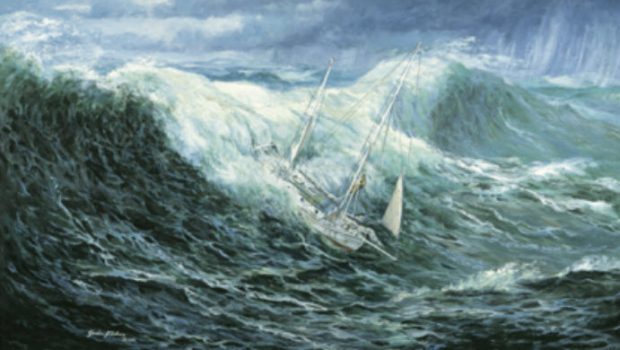


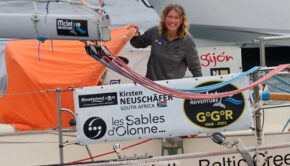
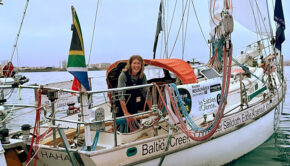
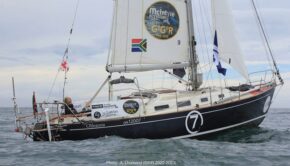
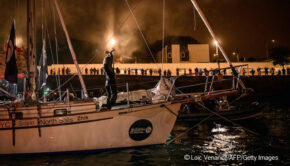
 We’ll keep your information safe.
We’ll keep your information safe.